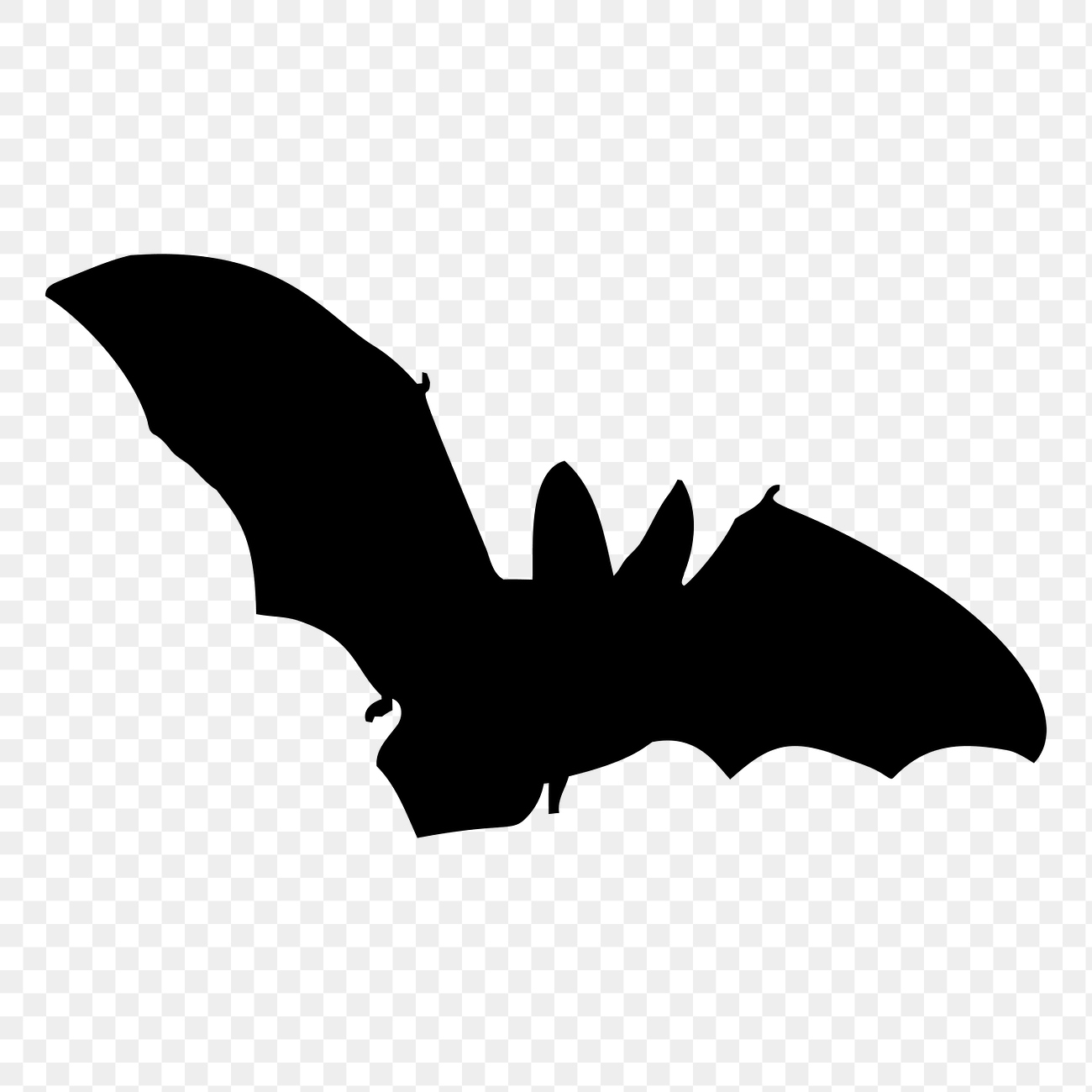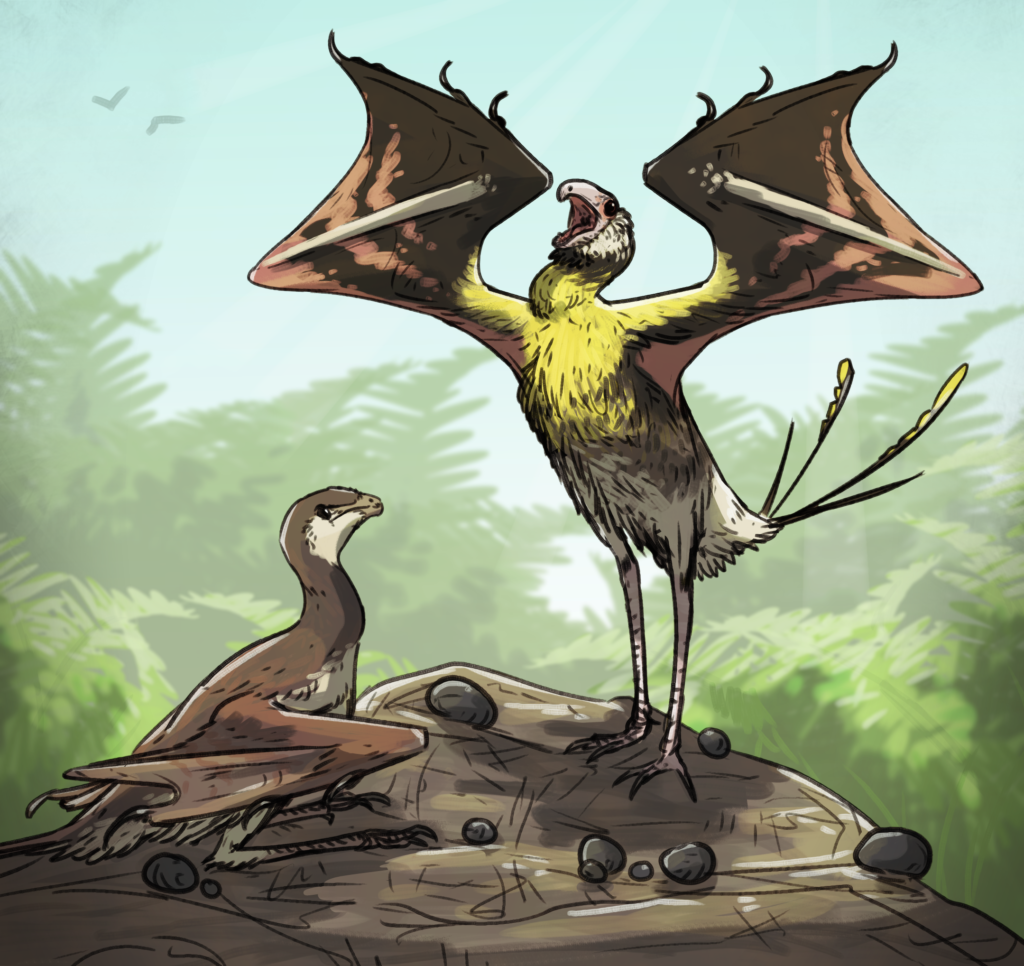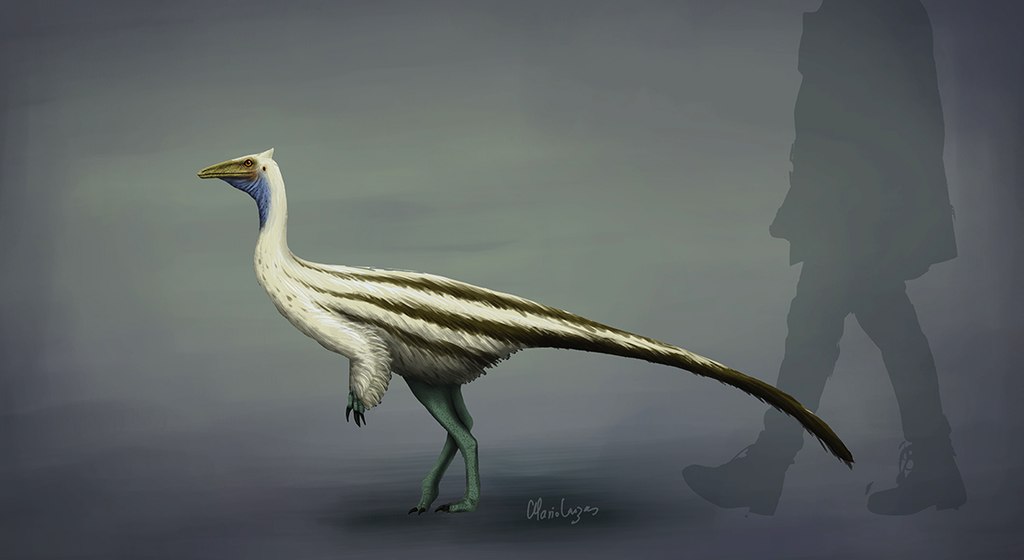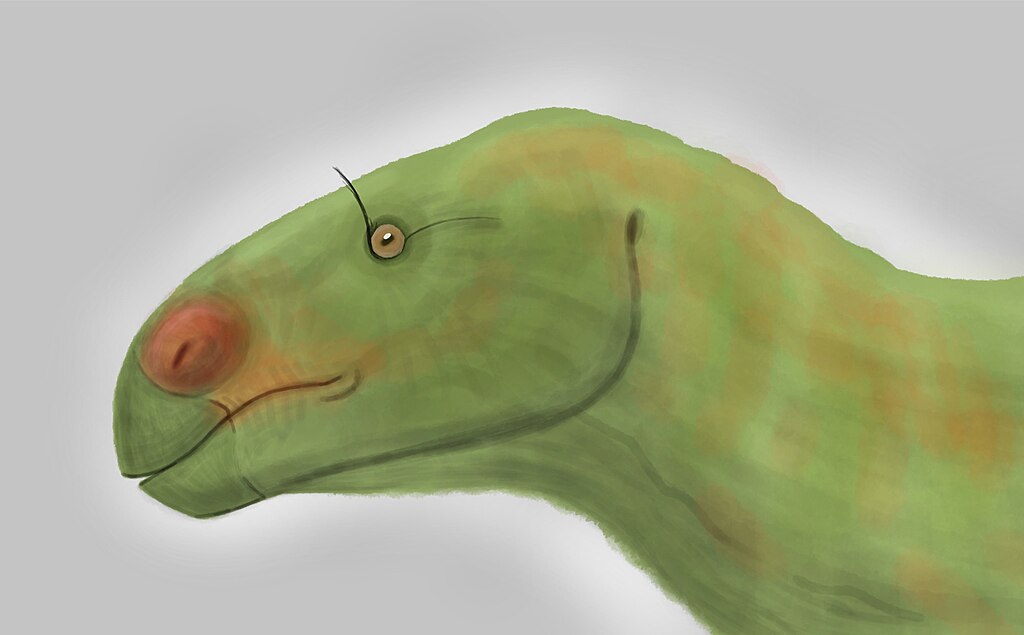Picture this: a creature that looks like someone took a small dinosaur, gave it bat wings, and decided to mess with paleontologists’ minds for decades to come. That’s Yi qi, a bizarre little dinosaur that has been turning everything we thought we knew about prehistoric flight completely upside down. When scientists first discovered this peculiar creature in China, many thought it was some kind of elaborate hoax. But this wasn’t a fake – it was real, and it was about to rewrite the entire story of how dinosaurs took to the skies.
The Shocking Discovery That Made Scientists Question Everything
Back in 2007, a farmer in northeastern China stumbled upon what would become one of the most controversial dinosaur discoveries in modern paleontology. The fossil looked so unusual that when it reached the scientific community, researchers literally couldn’t believe their eyes. Here was a dinosaur with wing membranes stretched between elongated fingers, just like a bat. This wasn’t supposed to exist according to everything we knew about dinosaur evolution. The creature measured only about 2 feet long, but its impact on paleontology would be enormous. Scientists named it Yi qi, which literally means “strange wing” in Chinese – and boy, did that name fit perfectly.
Why Yi qi Broke All the Rules of Dinosaur Flight

Every flying dinosaur we’d discovered before Yi qi had feathered wings, just like modern birds. These creatures were part of the logical evolutionary pathway from dinosaurs to birds that scientists had mapped out over decades. But Yi qi threw that neat little story right out the window. Instead of evolving feathers for flight, this little troublemaker developed skin membranes stretched between its fingers, creating wings that looked more like a bat’s than a bird’s. It was like finding a fish that had evolved wheels instead of fins – completely unexpected and seemingly impossible. This discovery forced scientists to completely rethink how many different ways dinosaurs experimented with flight during their evolutionary journey.
The Mysterious Membrane Wings That Shouldn’t Work

Yi qi’s wings were nothing like anything we’d seen in the dinosaur world before. The creature had elongated fourth fingers that supported membranous wings, creating a wing structure that was more similar to modern bats than to any known dinosaur. These membrane wings were probably made of skin and other soft tissues, similar to what we see in flying squirrels today. The wingspan was estimated to be around 2 feet, which seems small but was perfectly proportioned for this tiny dinosaur’s body size. What makes this even more incredible is that membrane wings and feathered wings represent two completely different evolutionary solutions to the same problem – how to achieve powered flight.
The Bizarre Body Plan That Defied Logic
Yi qi wasn’t just weird because of its wings – its entire body plan seemed like a mishmash of different evolutionary experiments. The creature had a short tail, which was unusual for most dinosaurs of its time period. Its body was covered in simple, hair-like feathers that weren’t suitable for flight but probably helped with insulation and display. The arms were incredibly long relative to its body size, necessary to support those strange membrane wings. Perhaps most bizarrely, Yi qi had a rod-like bone extending from each wrist that helped support the wing membrane – a feature that’s completely unique among dinosaurs and more similar to what we see in modern flying squirrels.
Living in the Jurassic Skies of Ancient China
Yi qi lived during the Middle to Late Jurassic period, around 160 million years ago, in what is now northeastern China. This was a time when the region was much warmer and more humid than it is today, covered in lush forests filled with conifers, ferns, and early flowering plants. The skies were already crowded with pterosaurs – the flying reptiles that dominated aerial ecosystems during the Mesozoic Era. Yi qi would have been competing for food and airspace with these much larger flying creatures, which probably explains why it evolved such a different approach to flight. The forests provided plenty of insects and small prey that Yi qi could have hunted, using its unique wing design to navigate through dense vegetation where larger flyers couldn’t go.
The Evolutionary Dead End That Teaches Us Everything
Here’s the thing that makes Yi qi both fascinating and tragic – it represents an evolutionary dead end. While feathered dinosaurs eventually gave rise to modern birds, Yi qi’s membrane-wing experiment didn’t lead anywhere. This little creature and its close relatives were the only dinosaurs to try this particular approach to flight, and they all went extinct without leaving any descendants. It’s like nature tried two different approaches to dinosaur flight and decided that feathers were the way to go. But this evolutionary “failure” actually teaches us something incredibly important about how evolution works – it’s not a straight line toward perfection, but rather a series of experiments where some succeed and others don’t.
How Scientists Solved the Yi qi Puzzle
When Yi qi was first discovered, many scientists were skeptical that it could actually fly. The membrane wings seemed too flimsy and the body plan too awkward for sustained flight. But in 2016, researchers used advanced computer modeling to test whether Yi qi could actually get off the ground. They created detailed 3D models of the creature and ran aerodynamic simulations to see how it would perform in the air. The results were surprising – while Yi qi probably couldn’t fly as well as modern birds or even pterosaurs, it could likely glide effectively and possibly even achieve short bursts of powered flight. This was groundbreaking because it proved that dinosaurs had experimented with multiple different solutions to the challenge of flight.
The Feather Mystery That Adds Another Layer

One of the most puzzling aspects of Yi qi is that it had feathers, but not the kind used for flight. The creature was covered in simple, filament-like feathers that were more like hair than the complex flight feathers we see in modern birds. These feathers probably served multiple purposes – insulation, display, and possibly even helping to control airflow over the wing membranes during flight. It’s like Yi qi was hedging its bets, keeping some feathers while experimenting with an entirely different wing design. This combination of features makes Yi qi a perfect example of evolution in action, showing us a creature caught in the middle of trying out different solutions to the same problem.
The Hunting Strategy of a Dinosaur Bat

Yi qi’s unique wing design probably gave it some distinct advantages when it came to hunting. Unlike the large pterosaurs that dominated the skies, Yi qi could probably maneuver through dense forest vegetation with ease. Its membrane wings could be folded much more compactly than feathered wings, allowing it to navigate tight spaces between branches and leaves. The creature likely hunted insects, small vertebrates, and possibly even plucked fruits from trees. Its hunting strategy was probably similar to modern bats – using its exceptional maneuverability to catch prey in cluttered environments where larger flyers would struggle. This specialized niche might explain why Yi qi evolved such a different approach to flight in the first place.
The Fossil Evidence That Changed Everything
The Yi qi fossil is remarkably well-preserved, giving scientists an incredibly detailed look at this strange creature’s anatomy. The fossil clearly shows the elongated finger bones that supported the wing membranes, as well as the unique wrist bone that helped brace the wing structure. Even more remarkably, scientists found evidence of the wing membranes themselves preserved in the fossil – something that’s extremely rare because soft tissues usually don’t fossilize. This exceptional preservation allowed researchers to study Yi qi’s wing structure in detail and understand exactly how this bizarre flying system worked. The fossil also preserved the creature’s feathers, giving us a complete picture of what this animal looked like when it was alive.
Comparing Yi qi to Modern Flying Animals
When scientists compare Yi qi to modern flying animals, the closest analogy is probably the flying squirrel, though even that comparison has its limitations. Flying squirrels use membrane wings stretched between their limbs to glide from tree to tree, but they can’t achieve true powered flight like Yi qi probably could. Bats are another good comparison because they also use membrane wings, but their wing structure is quite different from Yi qi’s. Modern birds, despite being dinosaurs themselves, represent a completely different evolutionary approach to flight that ultimately proved more successful. The fact that Yi qi’s approach to flight didn’t survive while birds thrived shows us that evolution is full of experiments, and not all of them lead to long-term success.
The Impact on Our Understanding of Dinosaur Evolution

Yi qi’s discovery completely revolutionized how scientists think about dinosaur evolution and the origins of flight. Before Yi qi, the story seemed straightforward – dinosaurs gradually evolved feathers, then flight, and eventually became birds. But Yi qi showed us that dinosaurs were actually experimenting with multiple different approaches to flight simultaneously. This discovery forced paleontologists to recognize that the evolution of flight was much more complex and varied than they had previously imagined. It also highlighted how much we still don’t know about dinosaur diversity and evolution. Every new fossil discovery has the potential to completely change our understanding of these amazing creatures.
The Ongoing Mystery of Yi qi’s Relatives
Yi qi wasn’t alone in its strange evolutionary experiment. Scientists have discovered at least one close relative, called Ambopteryx, that also had membrane wings. This suggests that the membrane-wing approach to flight wasn’t just a one-off evolutionary accident, but rather a legitimate evolutionary strategy that multiple species tried out. However, we still know very little about this group of dinosaurs, called scansoriopterygids, and how diverse they really were. There could be many more membrane-winged dinosaurs waiting to be discovered in the fossil record. Each new discovery in this group could help us understand why this approach to flight ultimately failed while feathered flight succeeded.
What Yi qi Tells Us About the Future of Paleontology

The discovery of Yi qi demonstrates just how much we still have to learn about prehistoric life. Here was a completely unexpected type of dinosaur that nobody had ever imagined could exist, hiding in the fossil record until a lucky discovery brought it to light. This reminds us that paleontology is still a young science with countless discoveries waiting to be made. Every new fossil has the potential to completely overturn our understanding of evolution and prehistoric life. Yi qi also shows us the importance of keeping an open mind when studying the past – the history of life on Earth is far stranger and more wonderful than we ever imagined.
The Legacy of the Strange-Winged Dinosaur

Yi qi may have been an evolutionary dead end, but its legacy lives on in our understanding of how life evolves and adapts. This strange little dinosaur proved that evolution is endlessly creative, constantly experimenting with new solutions to old problems. It showed us that the path from dinosaurs to birds wasn’t as straightforward as we thought, and that nature tried many different approaches to achieving flight. Yi qi reminds us that every creature that ever lived, no matter how briefly or unsuccessfully, contributed something important to the grand story of life on Earth. Even evolutionary “failures” like Yi qi can teach us profound lessons about the incredible diversity and creativity of the natural world.
Conclusion

The next time you see a bat hanging upside down or a bird soaring through the sky, remember Yi qi – the little dinosaur that dared to be different. This strange creature may not have conquered the skies like its feathered cousins, but it showed us that evolution is full of surprises, and that the history of life is far more complex and wonderful than we ever imagined. What other incredible creatures might be waiting in the rocks beneath our feet, ready to turn everything we think we know upside down?




